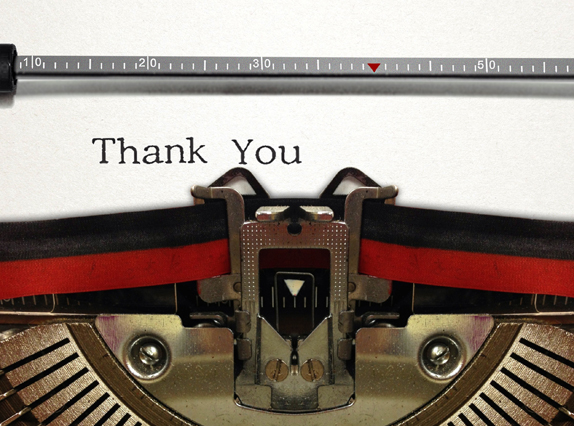As we become more and more dependent on email, text messaging, Facebook, and Twitter for communicating, it is easy to overlook the power of sending a physical message. Physical messages can be letters, notes, flowers, etc. Anything that is going to have to be actually handled can be physical communication.
Here is an example. I had a relative who was sick and needed a letter from a doctor for some insurance claims. The letter wasn’t a standard form and required the doctor to actually sit down and put some time into writing it. They had been trying for weeks to get the letter. The doctor said he would, but it never got done.
After hearing about the difficulty they were having, I called the doctor’s office and talked with one of the nurses. She said she would remind the doctor again and that he would do it, but he had just been too busy. After some quick research on Google Maps, I called up a bakery near their office and ordered a few dozen cookies sent over with a note thanking them for their help in the matter. I got a call from the nurse the next day saying that the letter had been sent and that the cookies weren’t necessary, but very appreciated.
The physical note and cookies put something tangible in the office so that the message wouldn’t be out of sight, out of mind. It got the results in 24 hours that hadn’t come in weeks of telephone calls and emails. How could they eat a cookie without thinking about the letter that needed to be sent? I imagine there was a lot of discussion in the office about, “Why did he send us cookies?” and any time it was mentioned, it reminded everyone that the doctor needed to send that letter.
Another thing I’ve noticed is how much attention a real letter gets–especially at larger organizations. I have seen big staff meetings spend 15 minutes discussing a complaint or suggestion from a single physical letter while dozens of calls and emails are scarcely mentioned.
Why is this? For one thing, the physical letter is something that can be picked up in the hand. It is brought to the meeting and passed around. You could print out emails, but since you have so many more of them, it is easy to just decide to summarize them in your mind. Also, it is harder to throw away a letter that someone wrote you–particularly if it is hand written, signed or has other signs of being “crafted” by human hands.
My friend’s dad still has an old typewriter that he pulls out on the kitchen table and writes letters when he is upset. At first I thought it was odd he still used a typewriter, but I think he may be on to something. If you get a hand-typed letter in the mail you are going to give it a lot more weight than an email.
Writing a letter or note to get something done or fixed is useful, but don’t overlook the power of sending notes as a way of saying thank you. Physical messages carry a lot of power, not just as complaints, but as a way of encouraging people. When was the last time you received a handwritten note in the mail? For most people, it has probably been a while. It is becoming a lost form of communication.
Next time you have something important to say, consider whether or not it would have more impact as a physical message. Don’t overlook this form of communication. The fact that it is becoming more and more rare only increases the power of communication that you can hold in your hand.

Leave a Reply